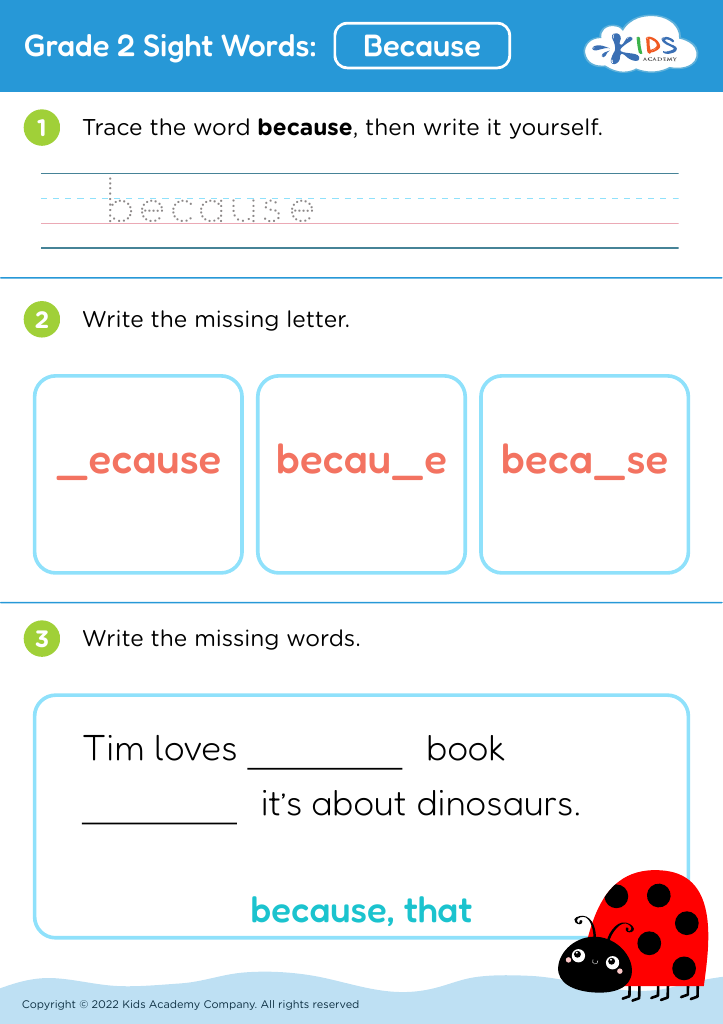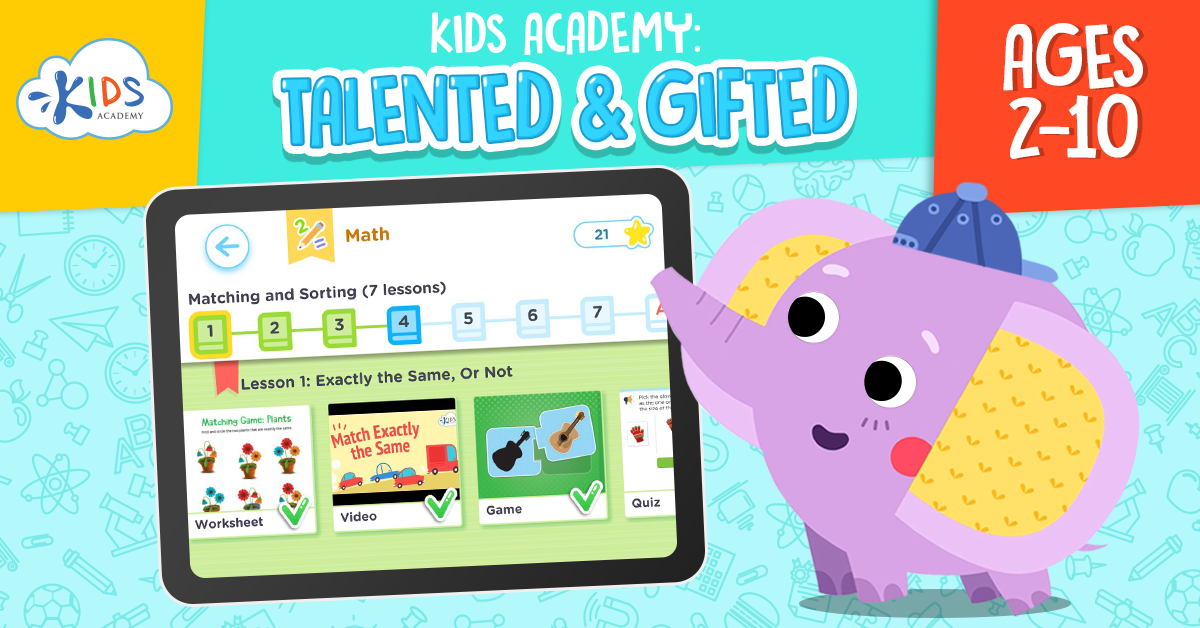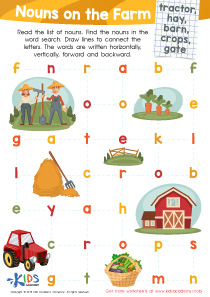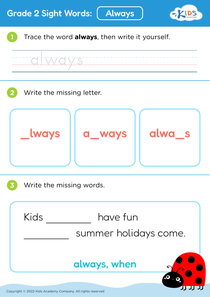Fraction simplification Grade 2 Sight Words Worksheets
4 filtered results
-
From - To
Our "Fraction Simplification Grade 2 Sight Words Worksheets" are designed to help young learners master essential skills in a fun and engaging way. These worksheets combine the fundamental concepts of fraction simplification with grade-appropriate sight words to enhance both math and reading abilities. Through interactive activities, children will simplify fractions while simultaneously improving their vocabulary and reading fluency. Perfect for classroom or at-home learning, these printable worksheets cater to various learning styles and provide excellent practice. Help your child build confidence in their math and reading skills with our well-crafted, educational resources.
Parents and teachers should care about both fraction simplification and Grade 2 sight words as they form fundamental building blocks in a child’s education, essential for their academic progression and everyday problem-solving skills.
Fraction simplification is crucial because it enhances students' understanding of numerical relationships and operational efficiency. By learning to simplify fractions early on, students build a strong foundation for more advanced mathematical concepts such as algebra, ratios, and percentages. Simplifying fractions also trains children in critical thinking and precision, necessary skills for their future academic endeavors and real-world applications, such as cooking or dividing items evenly.
Similarly, Grade 2 sight words are vital for developing proficient reading skills. Sight words are common words that appear frequently in texts but often cannot be easily sounded out. When children master these words, they can read more fluently and with greater comprehension, allowing them to focus on understanding the text rather than decoding each word. This fluency fosters a love of reading and learning, opening up countless educational opportunities as children progress through the grades.
Together, these areas nurture well-rounded, confident learners who are equipped with the necessary tools for success in both literacy and numeracy. By focusing on these foundational elements, parents and teachers set their children up for continuous academic growth and everyday competence.


























